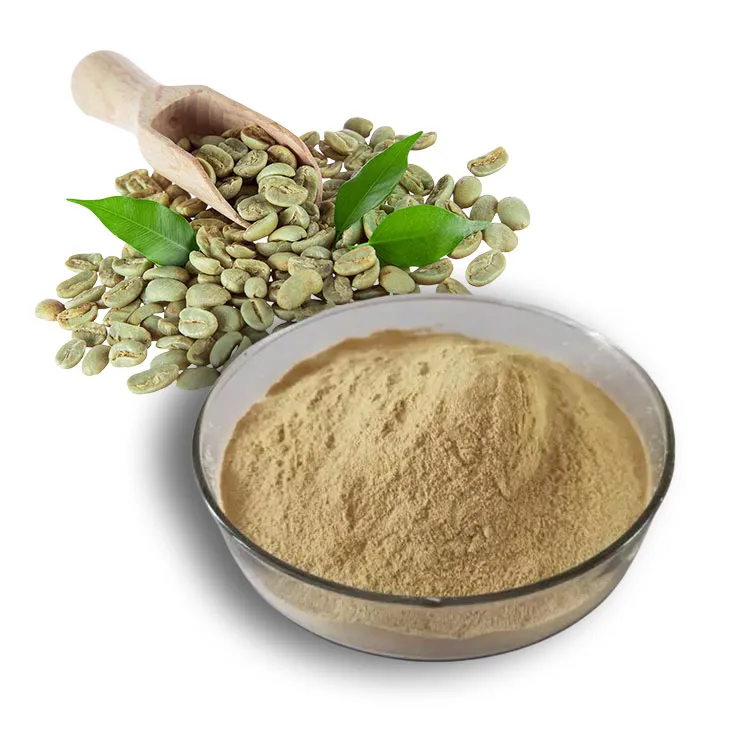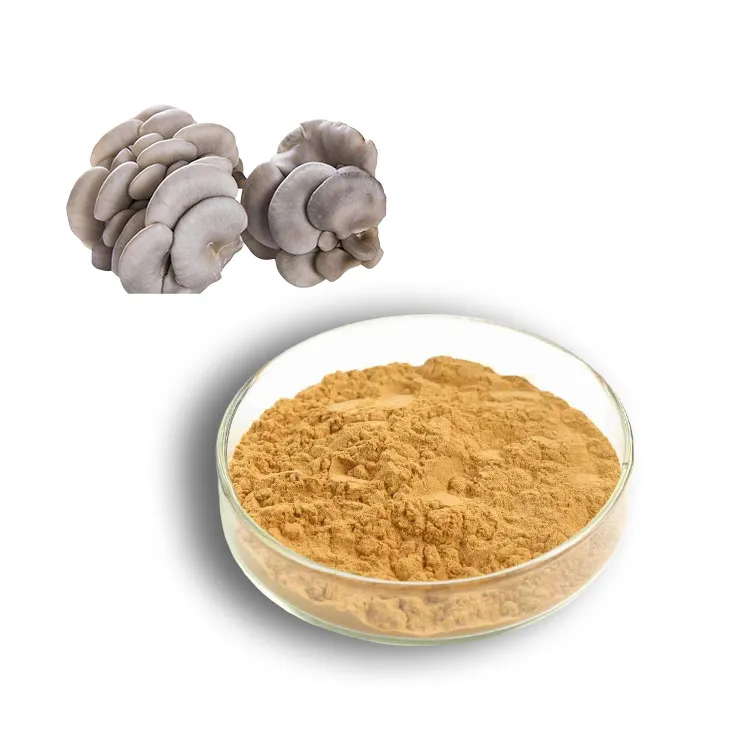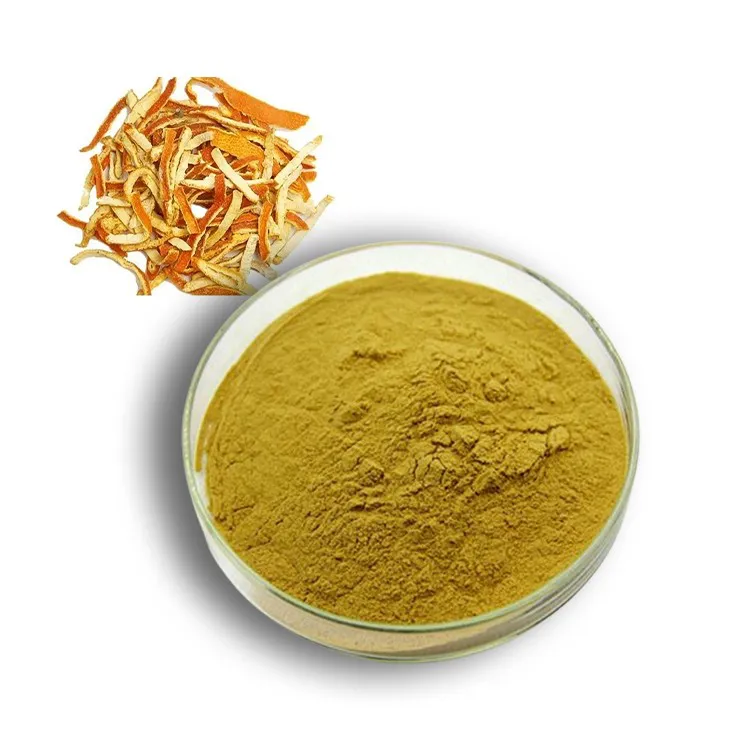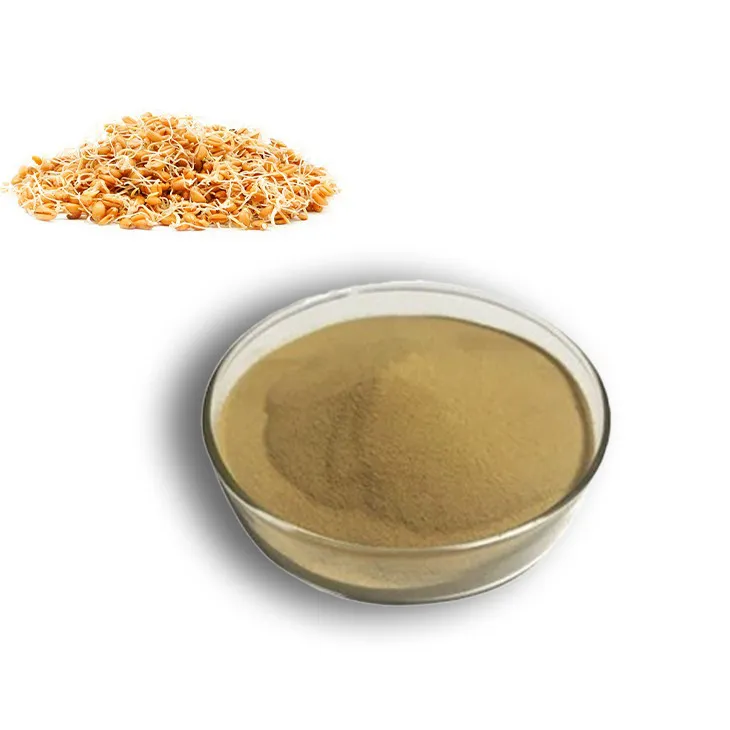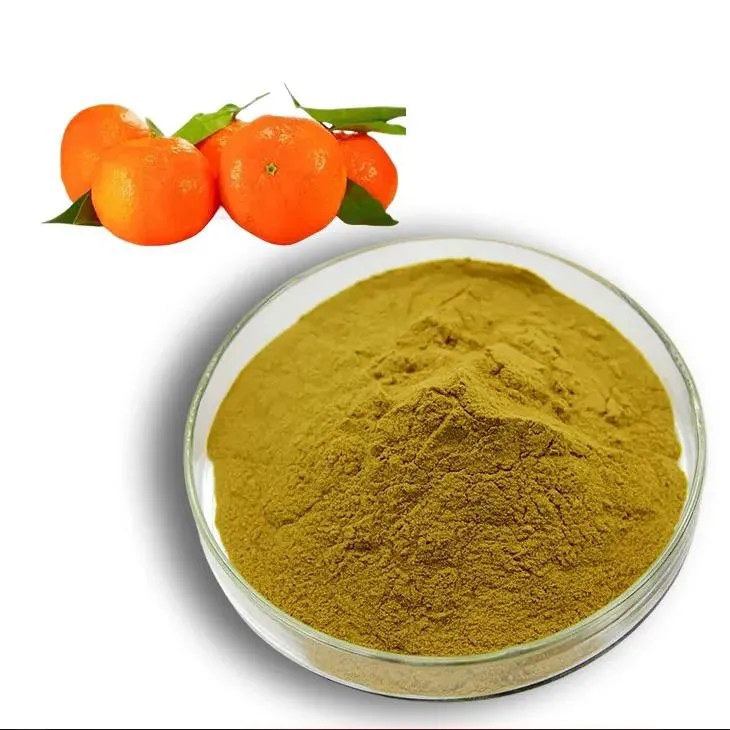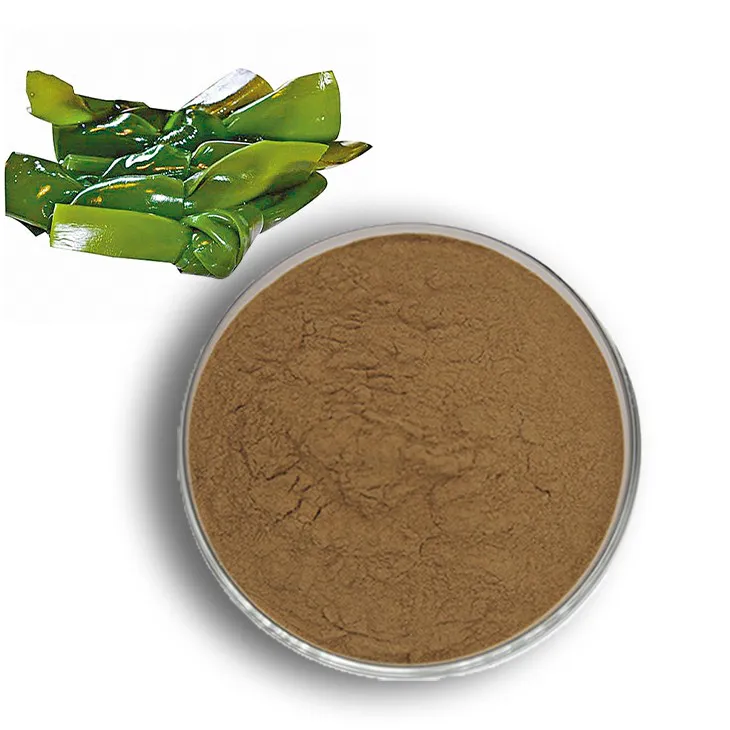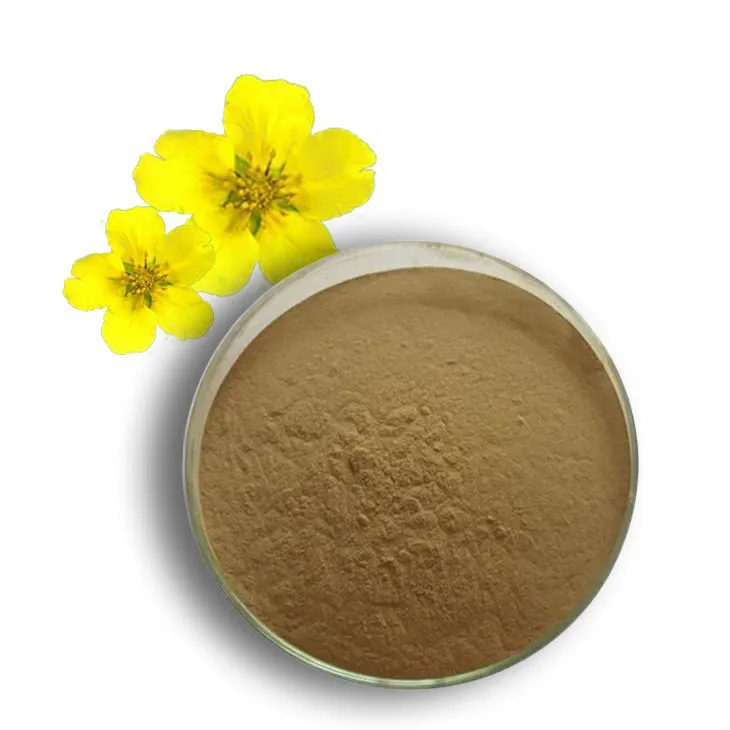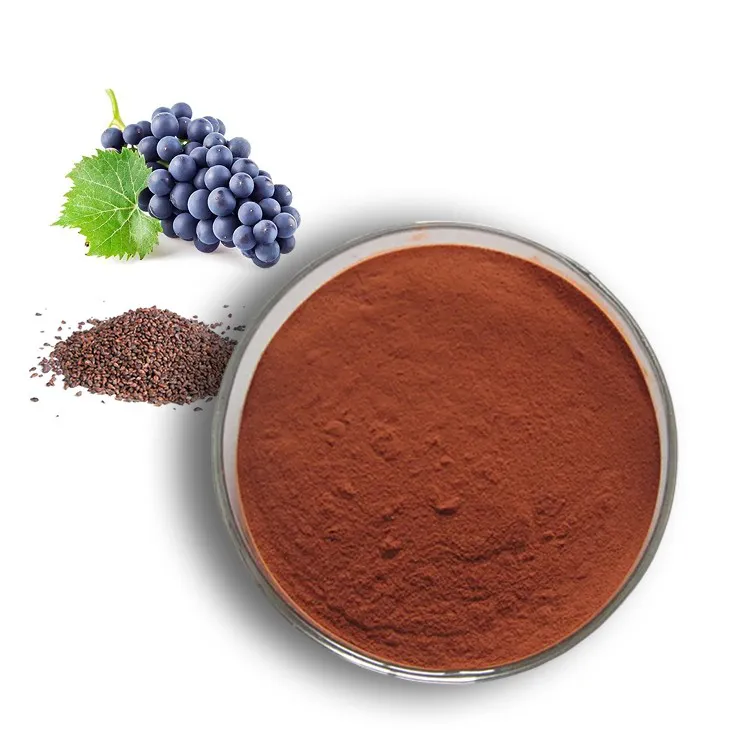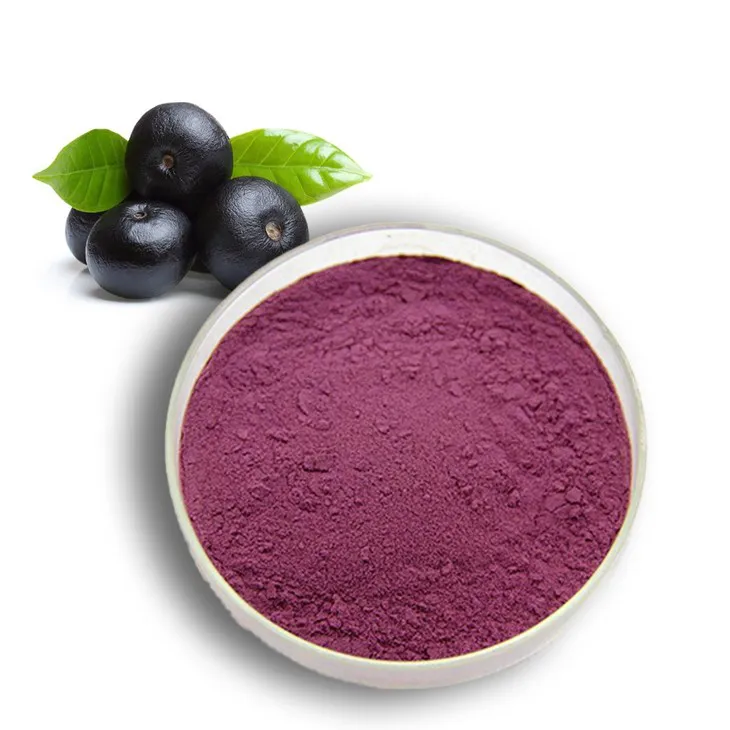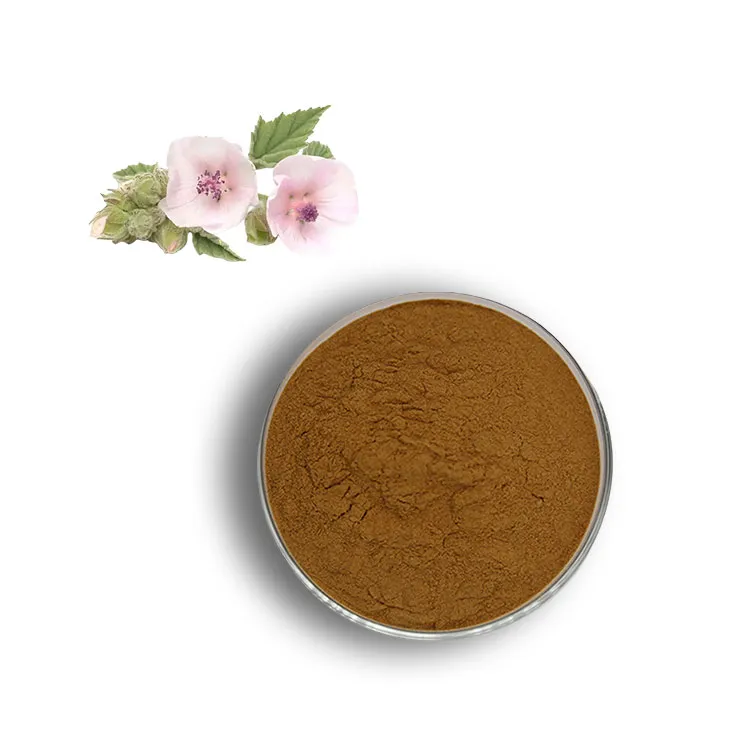- 0086-571-85302990
- sales@greenskybio.com
How Long Should You Take Daflon 1000 for Varicose Veins?
2025-09-23
Varicose veins are a common vascular condition affecting millions of adults worldwide, especially women. This chronic disorder, marked by twisted and swollen veins mostly on the legs, can cause discomfort, pain, swelling, and even complications such as venous ulcers. The quest to manage and alleviate symptoms has led to the widespread use of phlebotropic drugs like Daflon 1000. One of the main concerns shared by patients and physicians alike is the appropriate duration for its use: How long should you take Daflon 1000 for varicose veins? Understanding the recommended timeline, clinical evidence, and individual treatment adjustments is essential for the best outcomes.
What is Daflon 1000?
Daflon 1000 is a micronized purified flavonoid fraction (MPFF), combining Diosmin (90%) and Hesperidin (10%). These are antioxidant flavonoids derived from citrus fruits, formulated for optimal absorption. Daflon improves venous tone, reduces capillary permeability, enhances lymphatic drainage, and possesses anti-inflammatory properties.
Daflon 1000 mg is a commonly prescribed oral tablet in the management of chronic venous insufficiency (CVI), varicose veins, and certain complications like leg edema and hemorrhoids. It is favored for being well-tolerated, convenient, and effective in both the short and long term.
Clinical Effects of Daflon 1000 in Varicose Veins
The therapeutic goals when prescribing Daflon 1000 include:
- Reducing symptoms such as pain, heaviness, swelling, and cramps in the legs.
- Improving venous tone and microcirculation.
- Preventing progression or complications.
- Enhancing the efficacy of other treatments such as compression stockings or surgical interventions.
Scientific studies repeatedly show that Daflon 1000:
- Alleviates leg discomfort and swelling.
- Reduces nocturnal and diurnal cramps.
- Enhances overall quality of life for patients suffering from venous insufficiency.
Typical Duration of Daflon 1000 Treatment
The duration for taking Daflon 1000 depends on multiple factors:
- Severity of symptoms and varicosities
- Patient response to therapy
- Clinical advice and underlying health conditions
- Use as a stand-alone therapy or adjunctive to procedures (sclerotherapy, surgery)
1. Short-Term Use (Acute Symptoms or Pre/Post-Procedure)
For acute exacerbation of varicose vein symptoms—such as a sudden increase in pain, swelling, or before/after medical procedures—Daflon 1000 may be prescribed for a short period, typically 2 to 4 weeks. In these cases, the aim is to control symptoms rapidly or support healing and recovery after intervention.
2. Long-Term or Maintenance Therapy (Chronic Management)
For chronic, moderate-to-severe varicose veins, or ongoing venous insufficiency, Daflon 1000 is often recommended for an extended duration; most clinical guidelines suggest a minimum of 2 to 6 months of regular daily intake.
A typical regimen:
- 1 tablet (1000 mg) daily, taken with meals.
- Minimum course of 2 months, commonly extended to 4–6 months depending on the clinical response.
This extended approach gives Daflon time to exert its full effect on venous tone and capillary permeability. Some patients with persistent or recurrent symptoms may benefit from yearly courses, especially during symptom-prone periods such as summer or standing-intensive work seasons.
3. Intermittent or Cyclic Use
For patients with improving or mild symptoms, cyclic use may be effective. This involves taking Daflon 1000 for 2–3 months, followed by a break and then resuming based on recurrence of symptoms, season, or lifestyle changes.
Factors Influencing Treatment Duration
1. Symptom Severity
More severe symptoms, advanced venous disease, or presence of complications (ulcers, skin changes) often necessitate a longer course. A patient with minimal discomfort or newly noticed varicosities may only require a short course, while others with recurring swelling and pain might benefit from months of continuous therapy.
2. Individual Response and Tolerability
Each patient’s response to Daflon 1000 varies. Most experience improvement after several weeks, but some may need longer for significant changes. If symptoms persist or worsen, medical reevaluation is essential.
Daflon is generally well-tolerated, with few adverse effects reported (mainly mild gastrointestinal disturbances or skin reactions), allowing safe extended use in most cases.
3. Adjunct to Other Treatments
Daflon is often used alongside compression stockings, exercise regimens, and even after surgical or interventional procedures to enhance outcomes. In preoperative protocols, it might be started 2-4 weeks before intervention and continued for 2-4 weeks post-procedure.
What the Clinical Guidelines Say
International guidelines for chronic venous disease management (including recommendations from organizations such as the European Society for Vascular Surgery) recognize micronized purified flavonoid fraction (Daflon) as an effective adjunct therapy. Their position on duration is typically:
- Use for a minimum of 2–3 months for meaningful symptom relief.
- Prolonged or repeated courses may be necessary depending on clinical progress.
- Reassess periodically, ideally every 1–2 months, to tailor therapy.
Patients at risk for relapses or seasonal aggravation (e.g., during hot weather, standing jobs) may benefit from intermittent “booster” courses.
Patient Education: Practical Tips for Effective Treatment
1. Adherence Is Key
For optimal results, take Daflon 1000 consistently as prescribed—generally 1 tablet daily with food. Sporadic or missed doses may undermine benefits.
2. Combine With Lifestyle Measures
Medication alone is not a cure; combine Daflon use with compression stockings, regular exercise (such as walking and leg elevation), weight management, and avoiding long periods of standing.
3. Monitor and Communicate
Keep track of symptom changes and inform your healthcare provider about improvements, side effects, or persistent symptoms. Medical reassessment is important to optimize therapy or consider additional treatments.
4. Understand When to Stop or Reassess
If symptoms dramatically improve or resolve, discuss possible cessation or dose reduction with your physician. Conversely, if symptoms persist or worsen, consider reevaluation for other interventions.
Safety and Side Effects: Is Long-Term Use Safe?
Daflon 1000 is among the safest phlebotropic drugs in clinical use. Side effects are rare and include gastrointestinal discomfort, headaches, or mild allergic reactions. No serious systemic complications have been linked to long-term use in the clinical literature. However, as with all medications, regular medical follow-up ensures safety and effectiveness.
Who Should Not Take Daflon 1000 Long-Term?
Although safe for most, certain populations may need caution:
- Pregnant and breastfeeding women: use only if prescribed, though studies have not shown harm.
- Patients with allergy to flavonoids or any component of Daflon.
- Children: Not generally recommended unless under specialist advice.
Potential for Recurrence and Need for Ongoing Therapy
Varicose veins and chronic venous disease tend to be progressive. Even after a successful course of Daflon 1000, symptom recurrence is possible, especially if risk factors persist (prolonged standing, obesity, hormonal changes). Thus, periodic or “booster” cycles may be valuable.
Conclusion:
Daflon 1000 remains a mainstay in the medical management of varicose veins and chronic venous insufficiency. For most patients, a therapeutic course of 2–6 months offers meaningful symptom relief and vascular benefit. Duration should be tailored to individual needs, severity, and clinical response, with regular medical evaluation guiding ongoing therapy. Some patients may require annual cyclical treatment or longer maintenance, especially in high-risk situations.
For lasting improvement, combine Daflon 1000 with lifestyle changes, physical therapy, and, where necessary, procedural interventions. Always follow your healthcare provider’s recommendations, monitor your symptoms, and use Daflon as part of a comprehensive vein health strategy for the best chance at relief and recovery.
- ▶ Hesperidin
- ▶ citrus bioflavonoids
- ▶ plant extract
- ▶ lycopene
- ▶ Diosmin
- ▶ Grape seed extract
- ▶ Sea buckthorn Juice Powder
- ▶ Beetroot powder
- ▶ Hops Extract
- ▶ Artichoke Extract
- ▶ Reishi mushroom extract
- ▶ Astaxanthin
- ▶ Green Tea Extract
- ▶ Curcumin Extract
- ▶ Horse Chestnut Extract
- ▶ Other Problems
- ▶ Boswellia Serrata Extract
- ▶ Resveratrol Extract
- ▶ Marigold Extract
- ▶ Grape Leaf Extract
- ▶ blog3
- ▶ Aminolevulinic acid
- ▶ Cranberry Extract
- ▶ Red Yeast Rice
- ▶ Red Wine Extract
-
Green coffee bean Extract
2025-09-23
-
Oyster Mushroom Extract Powder
2025-09-23
-
Hesperidin
2025-09-23
-
Wheat Germ Extract
2025-09-23
-
Citrus bioflavonoids
2025-09-23
-
Kelp Extract Powder
2025-09-23
-
Tormentil Extract
2025-09-23
-
Natural grape seed extract
2025-09-23
-
Acai Berry Extract
2025-09-23
-
Medicinal Marshmallow Extract
2025-09-23











